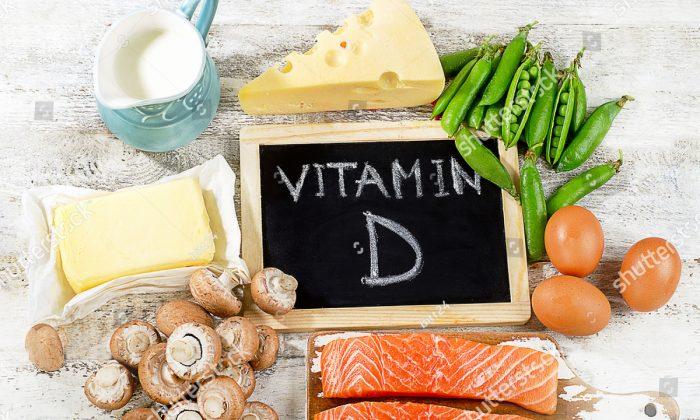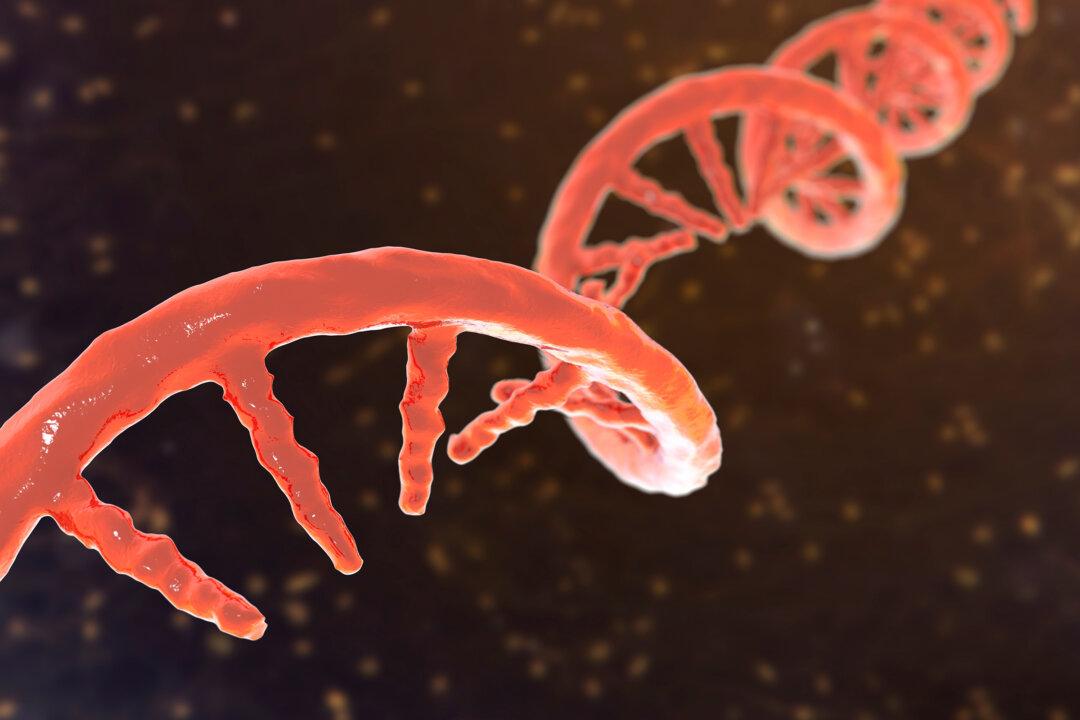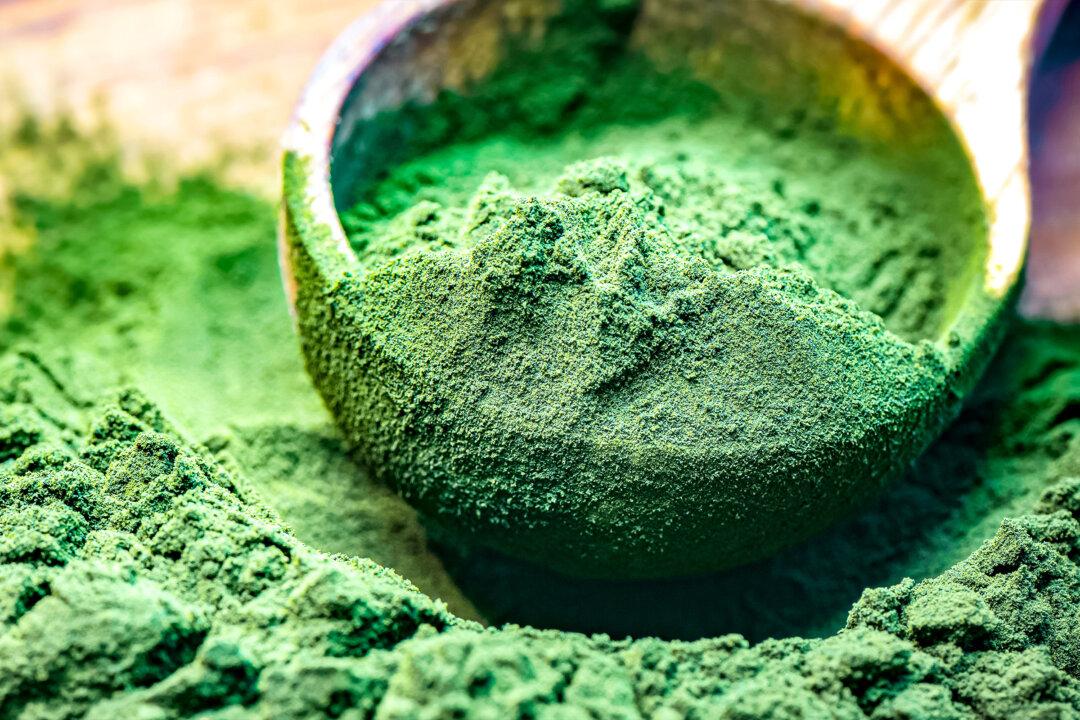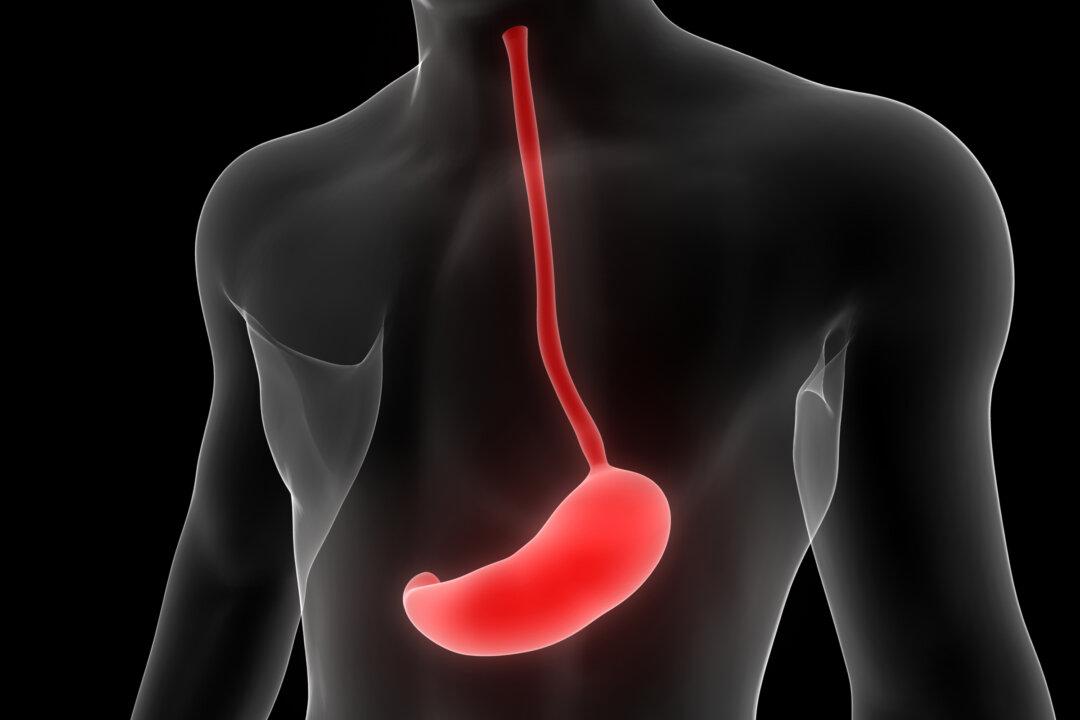Researchers from Curtin University have estimated that more than 95 percent of Australians older than two years of age have a vitamin D intake below the recommended daily average.
Through the 24-hour meal recalls, the team then investigated the amount of vitamin D that would have been consumed based on concentrations in common meals and the meals they reported.
Vitamin D deficiency was more commonly found in children as well as females with female Australians aged two to three with the lowest average vitamin D consumption.
Additionally, after testing for vitamin d concentration in common meals and meals reported by the respondents, the team found that Australians would be obtaining the least Vitamin D through consumption when compared to the U.S., Canada and some European countries.
Currently, in Australia, only margarine is mandatorily fortified, though vitamin D can be voluntarily fortified in low-fat milk, dairy alternatives and breakfast cereals, the authors argue that fortification of these products is not routine.
Though the team speculated that most Australians have more opportunities for sun exposure than people living in the U.S. and Canada, “the high prevalence of vitamin D deficiency [in the AHS survey] implies that most Australians do not produce sufficient vitamin D via this source.”
From their findings, the team estimated that more than 95 percent of Australians over the age of 2 had vitamin D intakes below the estimated average requirement.
“This new evidence of low vitamin D intakes, together with high prevalence of vitamin D deficiency in Australia, suggests that data driven nutrition policy is required to safely increase intakes of vitamin D and improve vitamin D status at the population level,” the authors concluded.






Friends Read Free